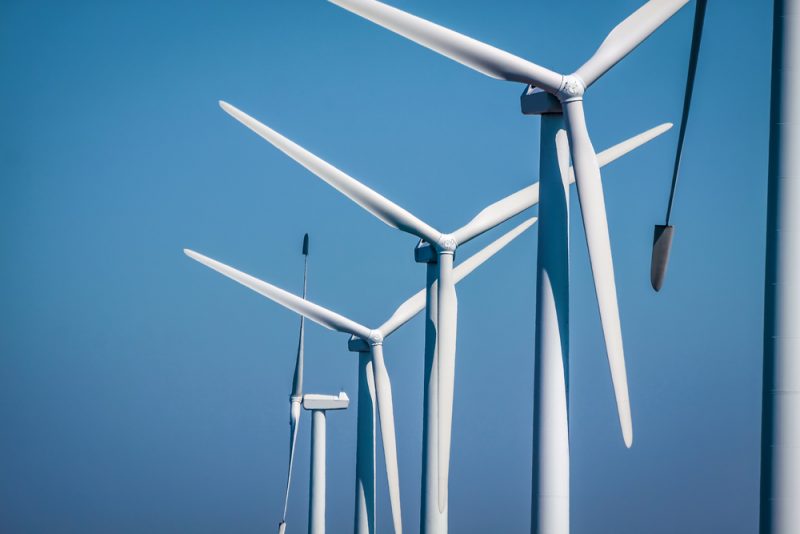DOE to provide $28M for floating wind turbine technologies

The U.S. Department of Energy will provide up to $28 million in grants for new technologies for floating, offshore wind turbines.
The funding is part of a new Advanced Research Projects Agency-Energy (ARPA-E) program called Aerodynamic Turbines, Lighter and Afloat, with Nautical Technologies and Integrated Servo-control (ATLANTIS).
“The United States has 13,000 miles of shoreline, which is a huge opportunity to lead the world in capitalizing offshore wind,” U.S. Secretary of Energy Rick Perry said. “The ATLANTIS projects will help advance American offshore wind production and the accompanying job, manufacturing, and investment growth for the nation.”
The technologies should use control co-design methodologies, which bring together diverse engineering disciplines to work concurrently while designing a device. This is instead of doing it in sequential steps. The control co-design approach enables project teams to develop new ways to build floating wind turbines that wouldn’t be possible using a traditional design approach.
Floating wind turbines are important because much of the best U.S. offshore wind resources are found in waters too deep for traditional offshore wind turbines, which are fixed to the seafloor. However, floating turbines have their own challenges. Specifically, the ATLANTIS projects will require design approaches that maximize power to weight ratios while maintaining or increasing turbine efficiency.
The ATLANTIS funding opportunity calls on scientists, engineers, and practitioners from different disciplines, technology sectors, and organizations to form project teams. ARPA-E projects are intended to facilitate scientific and technological discoveries that a single group alone would not be able to achieve.
